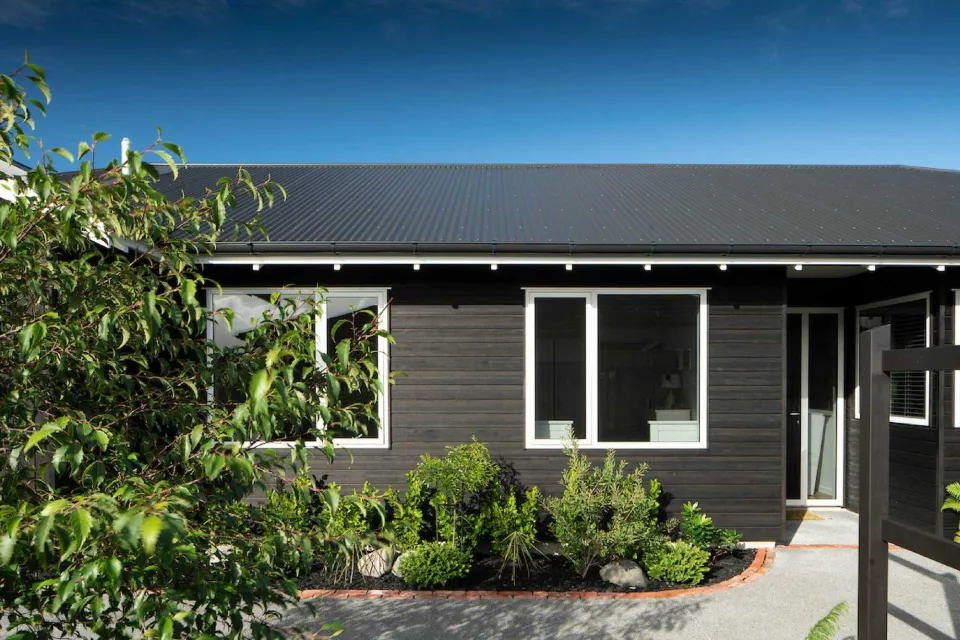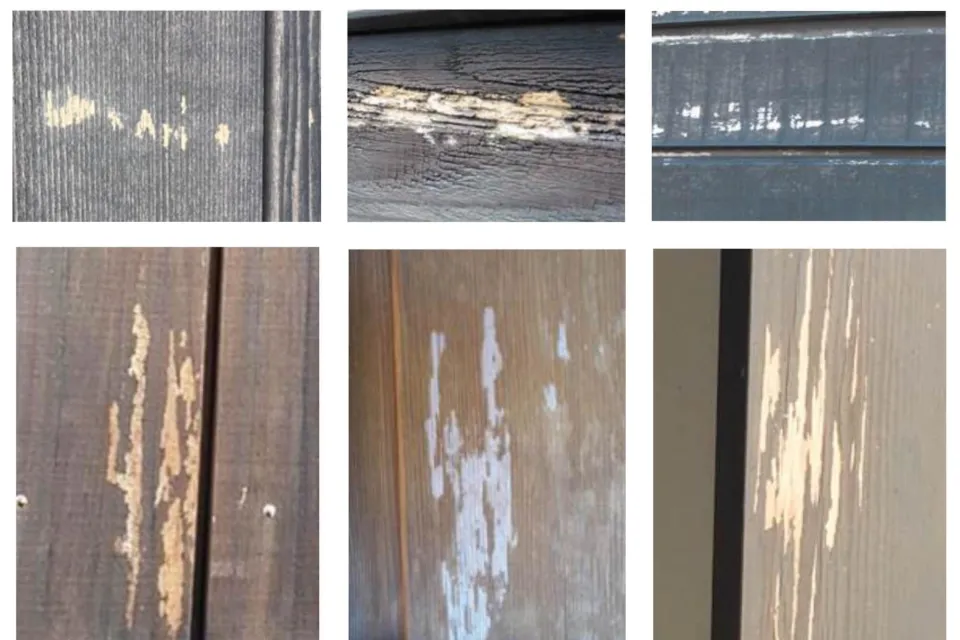-
About
-
Products
- By Timber Product
- Cladding
- Decking
- Screening
- Panelling
- View all
- By Application
- Exterior Cladding / Siding
- Exterior Rain Screen
- Interior Walls & Ceilings
- Soffits
- Screening, Fins & Battens
- Windows, Doors & Joinery
- Posts & Beams
- Accessories
- Coatings
- Fixings
-
Resources
- By Resource Type
- Technical Data Sheets
- Guides & Manuals
- Technical Articles
- Profile Drawings
- View all
- How To
- How to Specify
- How to Install
- How to Maintain
- Projects
- Contact
HOLIDAY HOURS / Our online customer service is out of office from Friday 19 Dec - Monday 5 Jan. Learn more here.
Technical Articles
Filter by category

How to Fix Timber Screening Elements
Timber Screening is a great way of adding an element of style to your property with minimal maintenance required

Sioo:x - Low Maintenance Timber Finish
Sioo:x natural wood coating is a patented Silicon technology, which silvers off beautifully over time.

Understanding How Timber Weathers
Many homeowners and architects are searching for a low maintenance finish for their timber weatherboards or timber decking. Here's what you need to know.

Timber Screening over Windows
Timber screening is becoming an increasingly popular method to control light, and soften a facade.

Composite Cladding, Aluminium Cladding vs Timber Cladding – What is the Best Option?
The construction industry is constantly developing, with an increasing amount of cladding options available.

Tips for a Foot Friendly Timber Deck
Kiwis and Aussies love an outdoor deck, and often we will use the deck area with bare feet.

Weatherboard Options for Re-cladding Your Home
Selecting the ideal timber weatherboard for your home can be difficult, that’s why we suggest choosing a profile first.

Guiding Rules for Choosing Ethical Timber
Timber sourced from native, natural forests – whether certified or uncertified may damage natural eco systems.

How Often Do I Need to Stain Timber Cladding
Wood siding and weatherboards that are coated with a semi transparent stain, oil or coating will require re-coating at some stage during their lifetime.

Paper Wasp and Superficial Insect Attack
Paper Wasps and other insects can be known to create superficial damage to timber cladding and coatings. This can appear to be a failing of the timber coating, but it is often the result of scraping from insects.

How Sustainable are Australian Hardwoods?
The Australian native forest resource is considered a major asset for the people of Australia – however there are very divergent views on how this resource should be used.

Low Maintenance Exterior Timbers
Many exterior woods are considered high maintenance but with clever choices, maintenance can be significantly minimised.

